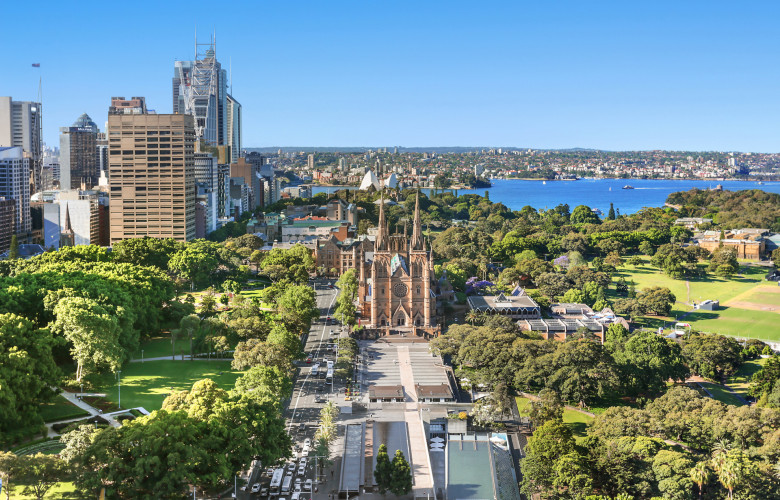Sydney and Melbourne lead early stages of housing recovery as dwelling values rise nationally over September
Contact
Sydney and Melbourne lead early stages of housing recovery as dwelling values rise nationally over September
CoreLogic's September Home Value Index results saw the national index post the largest monthly gain since March 2017, largely driven by a strong rebound in Sydney and Melbourne where values were up 1.7 per cent over the month.
Buyers still have some time to take advantage of improved housing affordability before values return to record highs, CoreLogic says.
The firm's September Home Value Index results, released this morning, indicate further signs of a housing recovery, with a month-on-month lift of 0.9 per cent in national housing values signalling the largest monthly gain since March 2017.
CoreLogic head of research Tim Lawless said while housing values are now consistently tracking higher, at least at a macro-level, the national index remained 6.8 per cent below the October 2017 peak.
At a glance:
- CoreLogic's September Home Value Index results indicate there was a month-on-month lift of 0.9 per cent in national housing values.
- According to CoreLogic, the September gains were once again driven by stronger conditions emanating from Sydney and Melbourne where dwelling values increased by 1.7 per cent over the month.
- Brisbane (+0.1 per cent) and Canberra (+1.0 per cent) were the only other capital cities to record a rise in dwelling values over the month.
"Potentially improved housing values and activity will help to boost consumer attitudes and fuel spending as well as ease the downturn in residential construction activity," he said.
"However, household debt levels reached new record highs relative to their incomes over the June quarter, suggesting the sector is vulnerable to a shock or change in household circumstances."
According to CoreLogic, the September gains were once again driven by stronger conditions emanating from Sydney and Melbourne where dwelling values increased by 1.7 per cent over the month.
Australia’s two largest cities have seen a rapid bounce-back in home values over the past two months, with Sydney up a cumulative 3.3 per cent and Melbourne up 3.2 per cent in August and September.
Brisbane (+0.1 per cent) and Canberra (+1.0 per cent) were the only other capital cities to record a rise in dwelling values over the month, while values held firm in Adelaide but fell in Hobart (-0.4 per cent) and continued their long run of losses in Perth (-0.8 per cent) and Darwin (-0.2 per cent).
Mr Lawless said the strong rebound in Sydney and Melbourne housing markets, relative to other regions, could be attributed to a variety of factors.
“While all regions are benefitting from low mortgage rates and improved access to credit, economic and demographic conditions in New South Wales and Victoria continue to outperform most areas of the country," he said.
"Population growth is higher, unemployment is lower and jobs growth is stronger, providing a solid platform for housing demand.”
Mr Lawless added that increased levels of investor participation could be driving the strength of the Sydney and Melbourne property markets, with the latest housing finance data from the ABS (to end of July) showing investors comprised 32 per cent of mortgage demand across New South Wales and 26 per cent of Victorian mortgage demand which is higher relative to any of the states or territories.
“Although markets outside of Sydney and Melbourne aren’t showing the same recovery trend, most areas have either seen a reduction in the rate of decline or are seeing a modest trajectory of growth as low mortgage rates and a slight loosening in credit policy support buyer demand.”
By Sean Slatter
Similar to this:
'Subtle' home value rises in major markets during June
National dwelling values increase for the first time since October 2017
Adelaide only capital city to avoid decline in dwelling values as regional areas perform strongly






